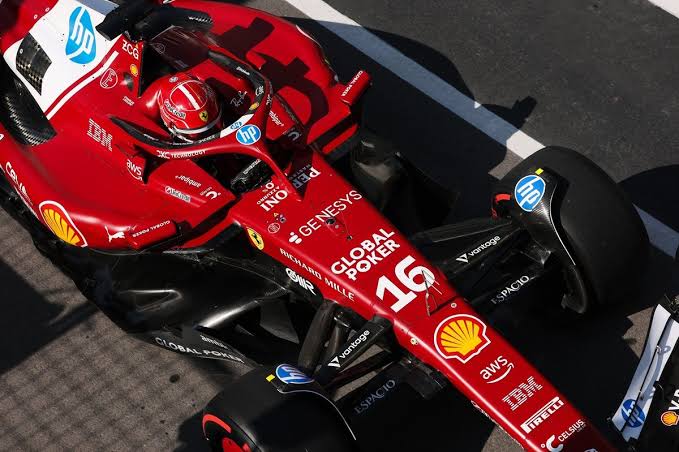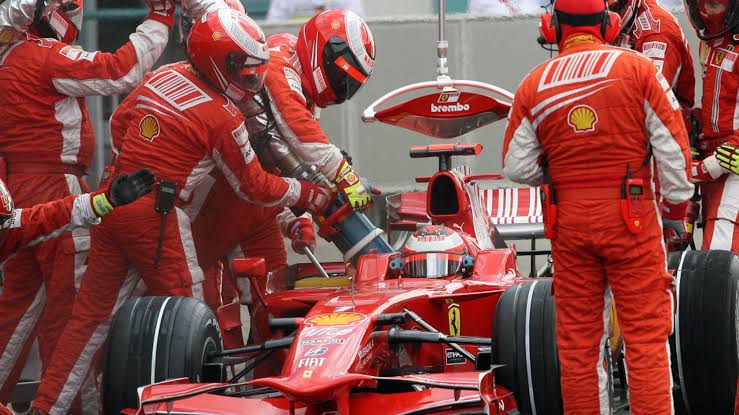
Whispers of turmoil have erupted across the Formula 1 paddock as reports surface that Ferrari’s prototype for the 2026 season may be in direct violation of the sport’s freshly inked regulations. According to insiders with intimate knowledge of the project, the Maranello outfit’s engineering team has been experimenting with a radical aerodynamic configuration that rivals allege breaches the FIA’s strict new design limitations. While Ferrari has remained conspicuously silent, murmurs suggest that their winter development programme may already be under intense scrutiny from governing officials.
This revelation has ignited a wildfire of speculation among competitors, with several rival teams privately urging the FIA to launch a full-scale technical investigation. The alleged irregularities pertain to the car’s energy recovery systems and floor geometry—components that will be critical in adapting to the series’ sweeping sustainability mandate. Critics argue that if Ferrari is indeed overstepping the boundaries, it could represent not just a breach of technical legality, but an affront to the sporting integrity of the championship.
The controversy is particularly incendiary given Ferrari’s historic status as Formula 1’s most celebrated team. Any confirmation of rule-breaking would shatter the carefully cultivated prestige that has defined the Scuderia for decades. The optics alone could be catastrophic—prompting questions about whether the team’s leadership is prepared to gamble reputational capital in pursuit of a competitive edge. With the sport’s political climate already strained by recent governance disputes, this latest scandal threatens to further destabilise the uneasy balance between innovation and regulation.
Yet the stakes extend beyond Ferrari’s own fortunes. Should the FIA’s probe substantiate the accusations, the fallout could set a precedent for how aggressively the governing body enforces compliance under the 2026 technical framework. Punitive measures ranging from points deductions to disqualification from early-season races are not off the table. Rival teams, sensing a possible shift in competitive order, are reportedly preparing their legal departments for a potential storm of appeals and counterclaims.
For now, the silence from Maranello speaks volumes. Whether it is the calm before a public relations hurricane or the calculated pause of a team confident in its defence remains to be seen. One thing is certain: if these allegations hold weight, Ferrari’s 2026 campaign could be defined not by podiums and glory, but by hearings, sanctions, and the lingering taint of scandal. In the high-stakes theatre of Formula 1, reputations can collapse faster than a faulty gearbox.



